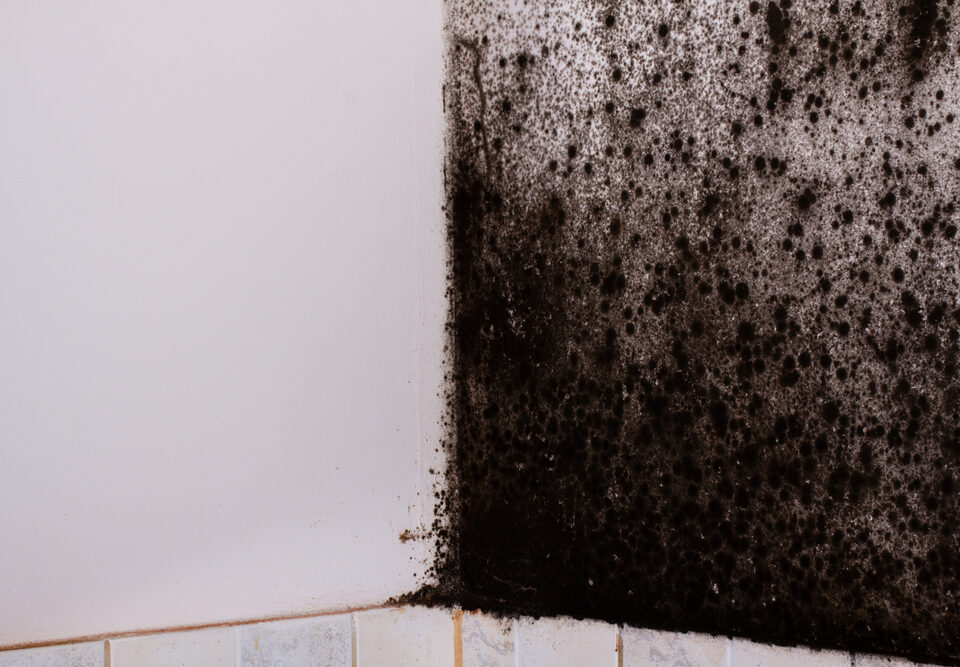- Call Now for a Free Quote
- 801.400.7867
Lead Considerations to Know

Why You Should Never Skip Home Inspection
July 1, 2017
Common Issues Found During Home Inspection
March 21, 2018Among the most common hazards present in many homes, particularly older homes, is lead. Lead poisoning can lead to numerous health considerations, particularly in children and in new mothers.
At Aerolite Consulting, our lead testing can help identify these issues in advance of them causing an issue. Before you undergo one of our home inspections, there are several factors you should look out for or consider when it comes to lead – here are a few.
Year Built
One of the most important considerations when it comes to lead is the year your home was built. If it was built before 1978, there’s a very good chance it will contain lead paint. This isn’t necessarily a health hazard as long as there are no chipping, peeling or flaking issues, as we’ll discuss in a moment, but it’s a sign that lead contamination is possible.
Safe Work
In 2010, the Environmental Protection Agency created a law that requires all renovations, repairs and maintenance that disturbs lead paint in any way to be performed only by contractors who are certified for lead-safe practices. If you’re a homeowner, you can call your local health department if you plan to make any repairs on a home built before 1978 – they can help you learn how to work safely and keep lead dust levels down.
Paint
As we noted above, the primary time to worry about lead-based paint is if it is chipping or peeling. This can be a particularly large hazard for young children, who are often crawling around the floor and are prone to putting things in their mouths. If there are chips or paint on the floor, children are at a high risk of poisoning.
Pregnancy
Pregnant women have to also be particularly careful when it comes to lead paint or lead dust. They’re at a higher risk of poisoning, and should stay away from any home projects that disturb old paint until the area is cleaned using wet cleaning methods and a HEPA vacuum.
To learn more about some precautions to take when it comes to lead, or to find out about our other tests including meth and asbestos testing, speak to the pros at Aerolite Consulting today.




